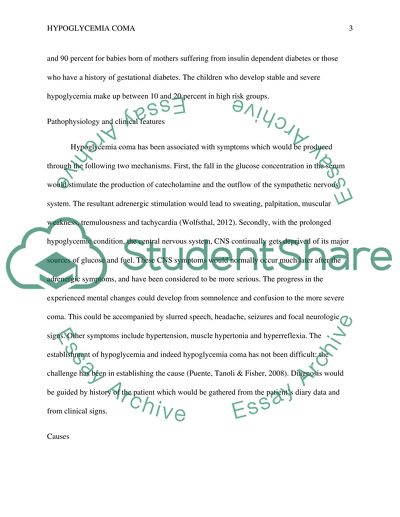Cite this document
(“Hypoglycemia coma Essay Example | Topics and Well Written Essays - 1000 words”, n.d.)
Hypoglycemia coma Essay Example | Topics and Well Written Essays - 1000 words. Retrieved from https://studentshare.org/health-sciences-medicine/1463340-hypoglycemia-coma
Hypoglycemia coma Essay Example | Topics and Well Written Essays - 1000 words. Retrieved from https://studentshare.org/health-sciences-medicine/1463340-hypoglycemia-coma
(Hypoglycemia Coma Essay Example | Topics and Well Written Essays - 1000 Words)
Hypoglycemia Coma Essay Example | Topics and Well Written Essays - 1000 Words. https://studentshare.org/health-sciences-medicine/1463340-hypoglycemia-coma.
Hypoglycemia Coma Essay Example | Topics and Well Written Essays - 1000 Words. https://studentshare.org/health-sciences-medicine/1463340-hypoglycemia-coma.
“Hypoglycemia Coma Essay Example | Topics and Well Written Essays - 1000 Words”, n.d. https://studentshare.org/health-sciences-medicine/1463340-hypoglycemia-coma.


